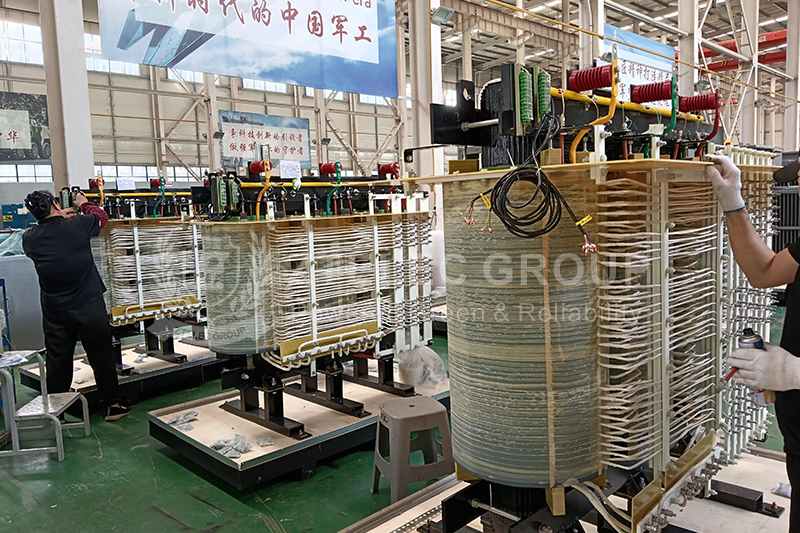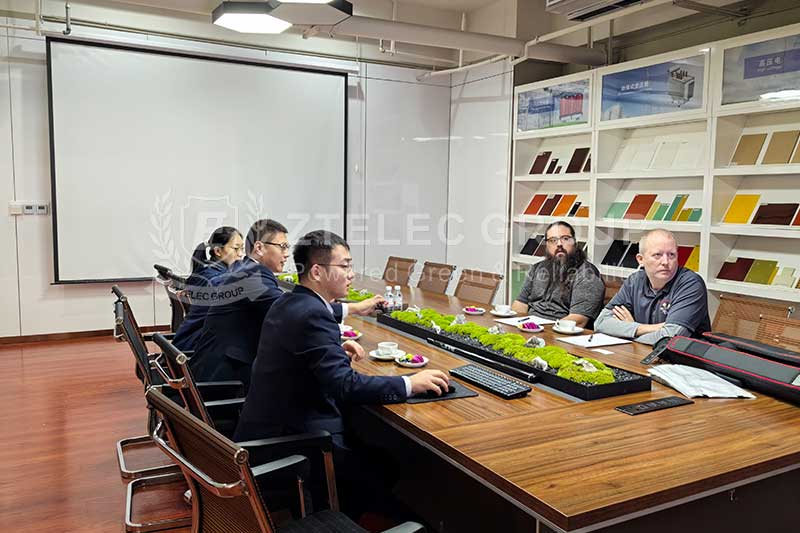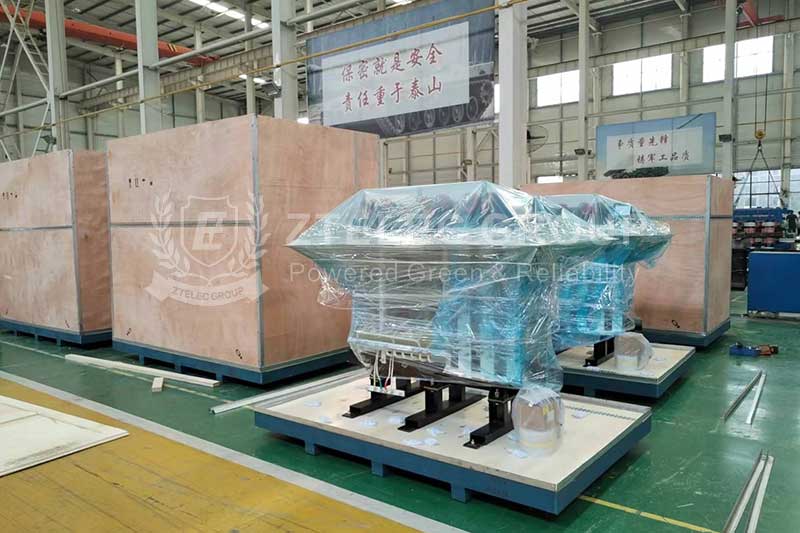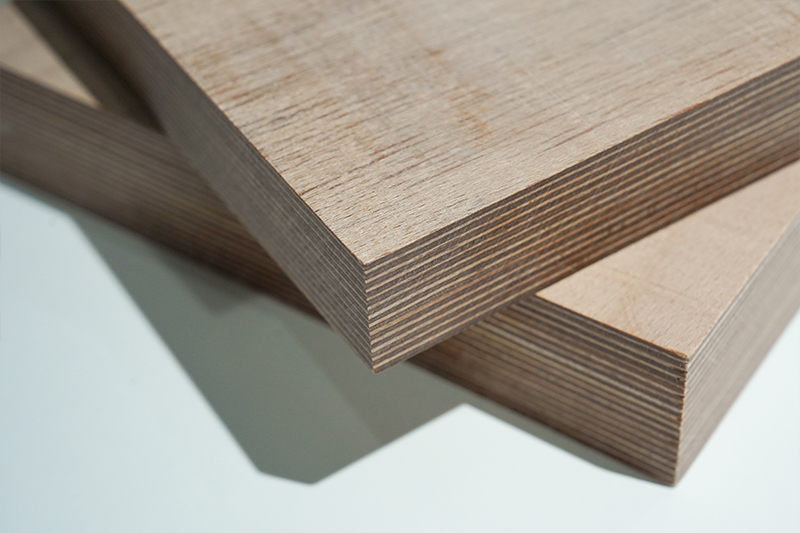Talking about the same and differences between epoxy insulating board G10 and fr4
Both G10 and fr4 are developed and applied as insulating materials. Here, we first enumerate what they have in common:
composite materials g10
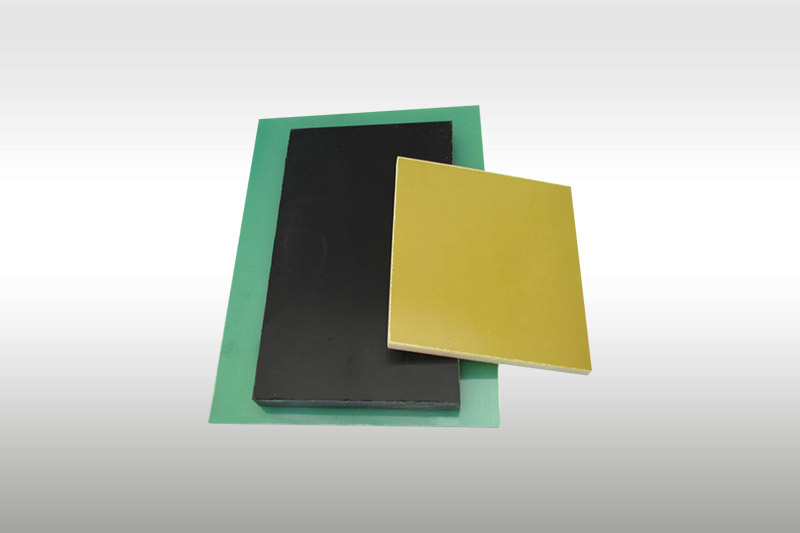
composite materials fr4
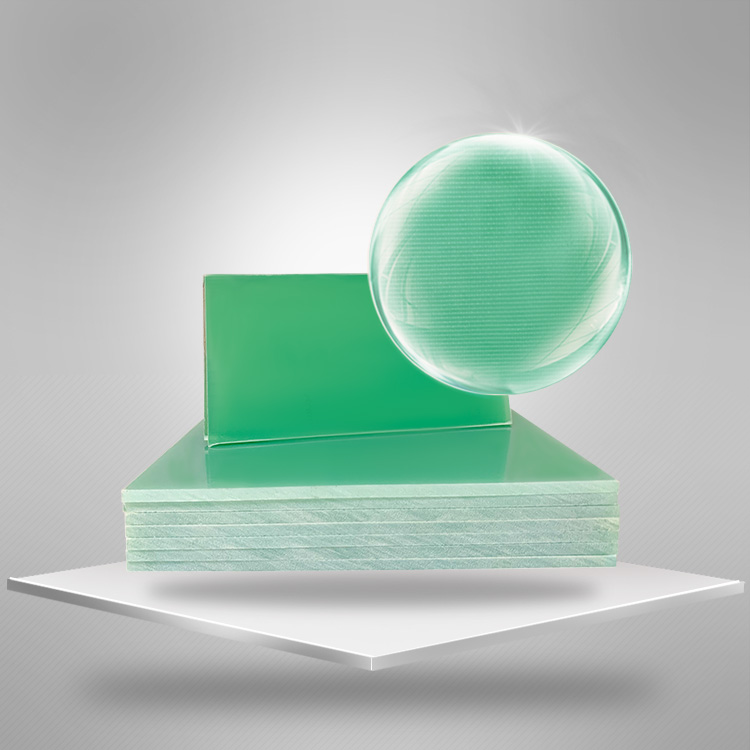
Talking about the same and differences between epoxy insulating board G10 and fr4
1. Essentially the same
The same in essence refers to the same raw materials used to make g10 and fr4. They are all made of electronic-grade glass fiber cloth, and the impregnation used is also the same high temperature epoxy resin, which determines their high temperature resistance and insulation. characteristics.
2. The same production process
They are all formed by the lamination process after impregnating epoxy resin with glass fiber cloth. The unlaminated layer is called pp sheet for short, and the multi-layer glass fiber cloth and resin impregnation and lamination are called laminates after hot pressing. , the number of laminated layers is set according to the needs of users, thus resulting in different thicknesses of laminates. The thicker the thickness, the higher the dielectric constant and the stronger the insulating ability.
3. The same scope of application
Since the materials are similar, the craftsmanship is the same, which determines the similarity of their uses. Because of their stable electrical insulation performance, they are especially suitable for products with high performance electronic insulation requirements, such as FPC reinforcement boards, PCB drilling pads, glass fiber meson potentiometers, carbon film printed glass fiber boards, precision pinion gears, electronic Equipment insulating stay partitions, insulating pads, transformer insulating plates, motor insulating parts, grinding gears, electronic switch insulating plates, etc.
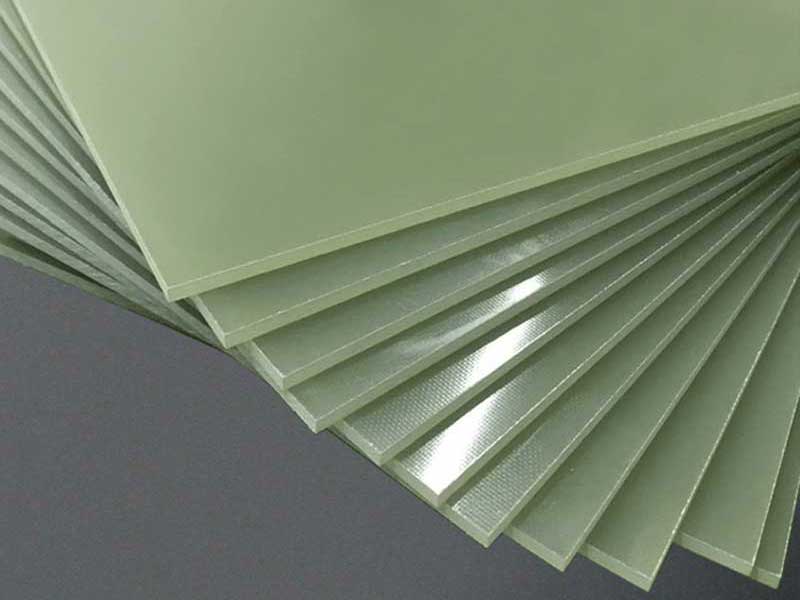
Next, let's talk about the differences between them
1. Different performance
First of all, the heat resistance level of G10 is higher than that of fr4, the temperature resistance of FR-4 is 125-150°, and the strength of G10 is high and the temperature resistance is 160-180°. Therefore, the heat resistance level of fr4 is b, while that of g10 is f. Secondly, the parallel layer breakdown voltage of g10 is also higher than fr4, the parallel layer breakdown voltage of fr4 (in 90 degree transformer special oil) is greater than or equal to 35KV, while g10 can reach 40KV.
2. The details of the process and ingredients are different
We mentioned above that their raw materials and processes are the same, so why are there really two products produced? Then we have to come up with an explanation, the formula of their epoxy resin and curing agent must be slightly different, such as the content of epoxy resin is different, etc.
3. The price of fr4 and g10 is different
The performance of G10 is stronger than that of fr4, which means that the price of g10 is higher than that of fr4. superior.
4. How to distinguish between fr4 and g10
This question is easy to answer. The two are so similar, including the same color after processing, only the performance is different. We only need to inform the required parameters such as the fire resistance level when purchasing the material. It is challenging to find the difference in the appearance.
So much has been introduced, do you know fr4 and g10? To learn more, please follow our website: https://ztelecgroup.com
Welcome to reprint:https://www.ztelecgroup.com/zt-technical-article/496.html
- more+releated article
- 2025-12-13How to Select and Use Phenolic Cloth-base Lami
- 2025-12-13How Much Does Bakelite Sheet Cost? 2025 Price
- 2025-12-13Why are most 3240 epoxy boards yellow?
- 2025-12-13What are the Main Applications of FR4 Epoxy Bo
- 2025-12-13Why Does the Price of Insulating Paperboard Va
- 2025-12-13Heat-Resistant DDP Insulation Paper
- 2025-12-13Comparison of Heat-Resistant DDP Insulating Pa
- 2025-12-13G10 and FR4 Epoxy Boards: Commonly Used for Ge
- 2025-12-13The Price of Heat-Resistant DDP Insulation Pap
- 2025-12-13How to Choose Epoxy Laminate Materials for Gen

